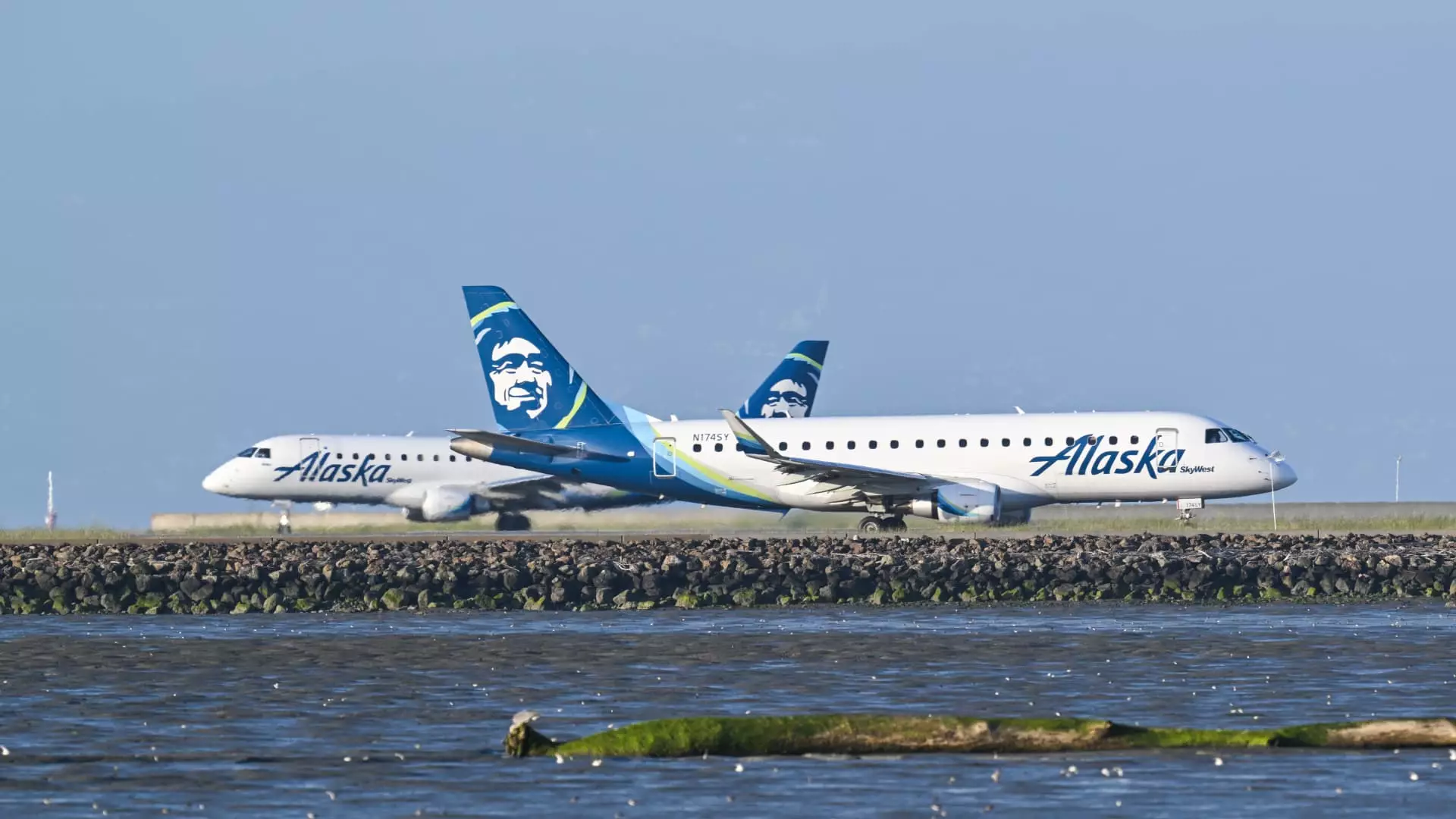Alaska Air Group is poised for an ambitious journey toward a significant profit increase of $1 billion by the end of 2027. The airline is strategically planning to harness the rising demand for high-end travel as a catalyst for this growth. With the recent completion of its $1.9 billion acquisition of Hawaiian Airlines, Alaska has strengthened its position, gaining access to broader Pacific routes and enhancing its fleet with wide-body aircraft like the Boeing 787 Dreamliner. Let’s delve into the strategies, challenges, and anticipated impacts of this acquisition on Alaska Air Group’s future.
The acquisition of Hawaiian Airlines marks a critical step for Alaska Air Group in diversifying its operational footprint. This transaction not only affords Alaska new international routes but also introduces plane models that enhance its capacity to accommodate long-distance travelers. The decision to operate Hawaiian Airlines independently while leveraging its resources illustrates a thoughtful approach to integration, allowing each brand to maintain its unique identity while reaping the benefits of combined operational efficiencies.
Alaska has already announced plans to initiate nonstop flights from Seattle-Tacoma International Airport to notable international hubs such as Tokyo and Seoul. Expanding its route network is a vital strategic objective that reflects market conditions where consumers increasingly value direct flight options, particularly in a post-pandemic world where travel demand is rebounding.
In response to shifting consumer demands, Alaska Air Group is not merely expanding its routes; it is also upgrading its service offerings. Chief Financial Officer Shane Tackett highlighted an increasing willingness among travelers to pay for enhanced comfort, leading the airline to reassess its premium seating options. This shift signals a broader industry trend, where customers are more willing than ever to invest in first-class and premium economy experiences.
The introduction of a new “premium” credit card in partnership with Bank of America underscores this commitment to diversifying revenue streams beyond ticket sales. By capturing customer engagement even when not flying, Alaska aims to create a sustainable financial ecosystem that nurtures loyalty while tapping into additional sources of income.
As Alaska Air Group maneuvers through this transformative period, it must also contend with fierce competition. Delta Air Lines, for instance, has established a formidable presence at Seattle-Tacoma, boasting a significant share of both domestic and international passengers. While Alaska currently leads in domestic passenger market share, the competitive dynamics highlight the need for continuous innovation and improvement.
Delta’s recent expansion of its lounges in strategic locations emphasizes the growing importance of passenger experience in cultivating customer loyalty. In response, Alaska plans to showcase a new lounge at San Diego International Airport, reflecting its recognition of the need for exclusive offerings that enhance the travel experience for premium customers.
While Alaska Air Group is optimistic about its growth trajectory, operational challenges loom on the horizon. Issues related to aircraft quality and supply chain disruptions, particularly with Boeing, present potential hurdles. A significant incident involving a Boeing 737 Max 9—which experienced a hazardous door plug incident—added urgency to scrutiny around aircraft safety and delivery timelines.
Shane Tackett’s comments regarding Boeing’s quality control measures underscore a need for collaboration and diligence on both sides. The emphasis placed on quality over production rate reflects a mature understanding of aviation’s complexities, where safety and reliability are non-negotiable.
Alaska Air Group’s forecasts for 2027 and beyond suggest a carefully calibrated strategy aimed at achieving a pretax profit margin of 11% to 13% and per-share earnings exceeding $10. This vision showcases a roadmap for sustainable growth that is cognizant of market trends and consumer preferences. The expectation to operate at least a dozen international destinations from Seattle using wide-body planes further solidifies its commitment to becoming a more robust global contender.
Alaska Air Group’s strategic maneuvers reflect an acute awareness of the evolving marketplace and passenger desires in the aviation sector. Its focus on premium service offerings, the strategic acquisition of Hawaiian Airlines, and careful navigation of operational challenges are all integral components of its growth strategy. As the airline positions itself for the future, it stands as a testament to innovation and adaptability in an increasingly competitive industry.

